PRODUCT DETAILS
| |
| L(+)-Arginine Chemical Properties |
| Melting point |
222 °C (dec.) (lit.) |
| alpha |
27.1 º (c=8, 6N HCl) |
| Boiling point |
305.18°C (rough estimate) |
| density |
1.2297 (rough estimate) |
| FEMA |
3819 | L-ARGININE |
| refractive index |
27 ° (C=8, 6mol/L HCl) |
| storage temp. |
2-8°C |
| solubility |
H2O: 100 mg/mL |
| form |
powder |
| pka |
1.82, 8.99, 12.5(at 25℃) |
| color |
white |
| PH |
10.5-12.0 (25℃, 0.5M in H2O) |
| PH Range |
10.5 - 12 |
| optical activity |
[α]20/D +27°, c = 8 in 6 M HCl |
| Water Solubility |
148.7 g/L (20 ºC) |
| λmax |
λ: 260 nm Amax: ≤0.2
λ: 280 nm Amax: ≤0.1 |
| Sensitive |
Air Sensitive |
| JECFA Number |
1438 |
| Merck |
14,780 |
| BRN |
1725413 |
| Stability: |
Stable. Incompatible with strong oxidizing agents. |
| InChIKey |
ODKSFYDXXFIFQN-BYPYZUCNSA-N |
| CAS DataBase Reference |
74-79-3(CAS DataBase Reference) |
| NIST Chemistry Reference |
L-Arginine(74-79-3) |
| EPA Substance Registry System |
L-Arginine (74-79-3) |
| Provider |
Language |
| L(+)-Arginine |
English |
| ACROS |
English |
| SigmaAldrich |
English |
| ALFA |
English |
| |
| L(+)-Arginine Usage And Synthesis |
| Indications and Usage |
Odorless, slightly bitter. Easily soluble in water (solubility in 0℃ water is 83g/L, solubility in 50℃ water is 400g/L), very slightly soluble in ethanol, insoluble in ether; pI6.0; loses its 2-molecule water crystal when heated to 105℃, darkens in color at 230℃, disintegrates at 244℃; its aqueous solution has maximum absorption at 205nm (1gε3.28).
L-Arginine is an encoding amino acid in protein synthesis and is one of the 8 essential amino acids in the human body. The body needs it for many different functions. Taking L-Arginine supplements can treat certain diseases such as congestive heart failure and cystitis. L-Arginine can also act as seasoning for nutrient supplements and food additives. L-Arginine can undergo a heat reaction with sugar (amino-carbonyl reaction) to obtain a unique fragrance, GB 2760-2001, an approved food spice. As an amino acid drug, L-Arginine can be used as pharmaceutical raw material and is an important ingredient in amino acid infusions and integrated amino acid preparations. It is also a crucial amino acid in maintaining infant growth and maturation. |
| Mechanisms of Action |
L-Arginine can stimulate the human body to release certain chemicals such as insulin and human growth hormone. It can also clear ammonia in the body and promote the healing of wounds. The human body also needs it to produce sarcosine. Decomposing L-Arginine produces nitric oxide, which can expand blood vessels and increase blood flow. L-Arginine is an intermediate metabolite in the orthinine cycle and promotes the conversion of ammonia to urea, thus lowering the blood concentration of ammonia. L-Arginine is also an important part of sperm protein and can promote spermatogenesis and provide energy for sperm movement. Additionally, intravenous arginine can stimulate the pituitary to release growth hormone and can be used to test pituitary functions. |
| Adverse reactions |
Abdominal pain, diarrhea, gout and bloating. There may also be increased severity in herpes breakouts and increased effects of antihypertensive drugs, resulting in a lower blood pressure than expected, which may cause hypertensive patients to experience dizziness and fainting. |
| Toxicity Level |
Moderate |
| Acute Toxicity |
Reference data: abdominal cavity – large rat LD50: 3793 mg/kg. |
| Flammability Characteristics |
Flammable. Burning produces toxic nitrogen oxide smoke. |
| Handling |
Store in ventilated, cool and dry area. |
| Extinguishers |
Dry powder, foam, sand, carbon dioxide, water mist. |
| Chemical Properties |
Arginine is a diaminomonocarboxylic acid. The nonessential amino acid, arginine, is a urea cycle amino acid and a precursor for the neurotransmitter nitric oxide, which plays a role in the regulation of the brain’s system of dilation and constriction of small blood vessels. It is strongly alkaline and its water solutions absorb carbon dioxide from the air (FCC, 1996). Functionality in foods includes, but is not limited to, nutrient and dietary supplement |
| Chemical Properties |
White crystalline powder |
| Occurrence |
Reported present in cheese, chocolate, eggs, meat, nuts and other products. |
| Uses |
L-Arginine is used for heart and blood vessel conditions which includes congestive heart failure (CHF), chest pain, high blood pressure and coronary artery disease. It plays a vital role in the treatment of cardiovascular disease due to it being antiatherogenic, anti-ischemic, antiplatelet and antithrombotic. It acts as a growth stimulant and is involved in the treatment of erectile dysfunction in men. It is an important ingredient of tooth paste which provides effective relief for sensitive teeth. |
| Uses |
Amino acid; nutrient. |
| Uses |
L-Arginine has been used:
- as a Roswell park memorial institute medium (RPMI) media component in the isolation and culture of peripheral blood mononuclear cells (PBMCs)
- as a RPMI media component for tissue culture
- in DMEM medium for the identification and quantification of phosphorylation sites by stable isotope labeling by amino acids in cell culture (SILAC) and LCMS/MS
|
| Definition |
ChEBI: An L-alpha-amino acid that is the L-isomer of arginine. |
| Aroma threshold values |
Detection at 100%, faint. |
| Taste threshold values |
Taste characteristics at 1000 ppm: hint of sourness. |
| General Description |
L-Arginine is an amino acid that plays a key role in many physiological processes such as tissue repair and reproduction. It is a key precursor for synthesizing nitric oxide in mammals. Due to these factors, the dietary supplementation with L-arginine may show a range of health benefits.
|
| Biochem/physiol Actions |
Substrate of nitric oxide synthase, which is converted to citrulline and nitric oxide (NO). Induces insulin release by a nitric oxide-dependent mechanism. |
| Safety Profile |
Mutation data reported. Whenheated to decomposition it emits toxic fumes of NOx. |
| Chemical Synthesis |
Enzymatically, arginine is formed in two reactions from citrulline. The first reaction (citrulline + succinate) is catalyzed by the enzyme arginosuccinate synthetase. It is ATP dependent and with the formation of a new C–N bond in the gaunidino group of arginosuccinate, water is removed and ATP is hydrolyzed. The second reaction is catalyzed by arginine synthetase and involves the scission of arginosuccinate with the formation of arginine and fumaric acid. |
| Purification Methods |
S-Arginine crystallises from H2O as the dihydrate and as plates from EtOH. It also crystallises from 66% EtOH. Its solubility in H2O is 15% at 21o. Its isoelectric point is at pH 10.76. [Greenstein & Winitz The Chemistry of the Amino Acids J. Wiley, Vol 3 p 1841 1961, Beilstein 4 IV 817.] |
| |
| L(+)-Arginine Preparation Products And Raw materials |
|
|
|
|
Group profiles
Leader Biochemical Group is a large leader incorporated industry manufacturers and suppliers of advanced refined raw materials From the year of 1996 when our factory was put into production to year of 2020, our group has successively invested in more than 52 factories with shares and subordinates.We focus on manufacture Pharm & chemicals, functional active ingredients, nutritional Ingredients, health care products, cosmetics, pharmaceutical and refined feed, oil, natural plant ingredients industries to provide top quality of GMP standards products.All the invested factories' product lines cover API and intermediates, vitamins, amino acids, plant extracts, daily chemical products, cosmetics raw materials, nutrition and health care products, food additives, feed additives, essential oil products, fine chemical products and agricultural chemical raw materials And flavors and fragrances. Especially in the field of vitamins, amino acids, pharmaceutical raw materials and cosmetic raw materials, we have more than 20 years of production and sales experience. All products meet the requirements of high international export standards and have been recognized by customers all over the world. Our manufacture basement & R&D center located in National Aerospace Economic & Technical Development Zone Xi`an Shaanxi China. Now not only relying on self-cultivation and development as well as maintains good cooperative relations with many famous research institutes and universities in China. Now, we have closely cooperation with Shanghai Institute of Organic Chemistry of Chinese Academy of Science, Beijing Institute of Material Medical of Chinese Academy of Medical Science, China Pharmaceutical University, Zhejiang University. Closely cooperation with them not only integrating Science and technology resources, but also increasing the R&D speed and improving our R&D power. Offering Powerful Tech supporting Platform for group development. Keep serve the manufacture and the market as the R&D central task, focus on the technical research. Now there are 3 technology R & D platforms including biological extract, microorganism fermentation and chemical synthesis, and can independently research and develop kinds of difficult APIs and pharmaceutical intermediates. With the strong support of China State Institute of Pharmaceutical Industry (hereinafter short for CSIPI), earlier known as Shanghai Institute of Pharmaceutical Industry (SIPI), we have unique advantages in the R & D and industrialization of high-grade, precision and advanced products. Now our Group technical force is abundant, existing staff more that 1000 people, senior professional and technical staff accounted for more than 50% of the total number of employees, including 15 PhD research and development personnel, 5 master′ S degree in technical and management personnel 9 people. We have advanced equipment like fermentation equipment and technology also extraction, isolation, purification, synthesis with rich production experience and strict quality control system, According to the GMP required, quickly transforming the R&D results to industrial production in time, it is our advantages and our products are exported to North and South America, Europe, Middle East, Africa, and other five continents and scale the forefront in the nation, won good international reputation. We believe only good quality can bring good cooperation, quality is our key spirit during our production, we are warmly welcome clients and partner from all over the world contact us for everlasting cooperation, Leader will be your strong, sincere and reliable partner in China.
Our Factories production lines
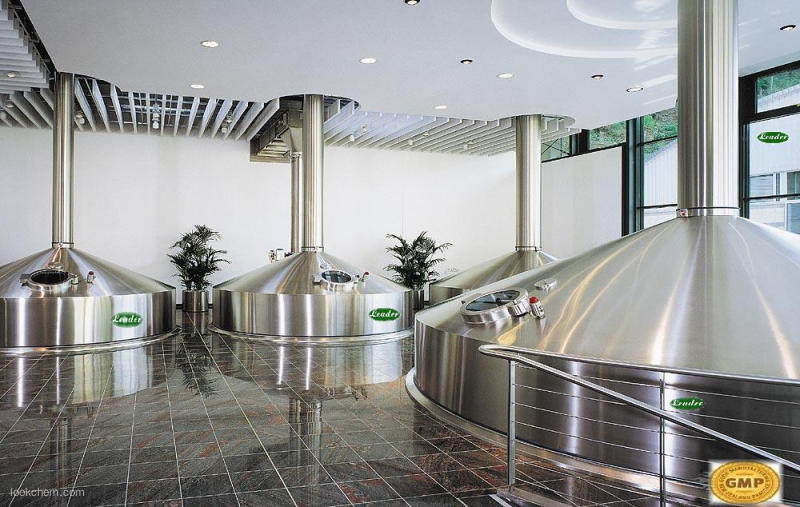
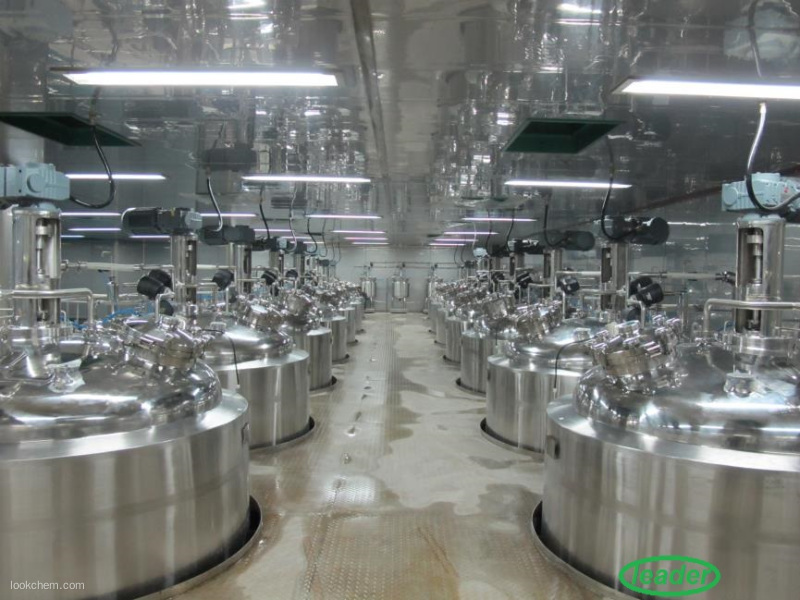
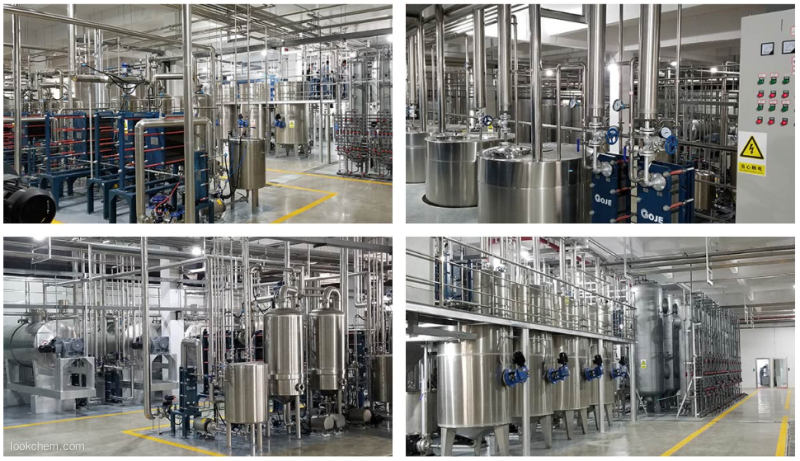
Our Factories R&D ability

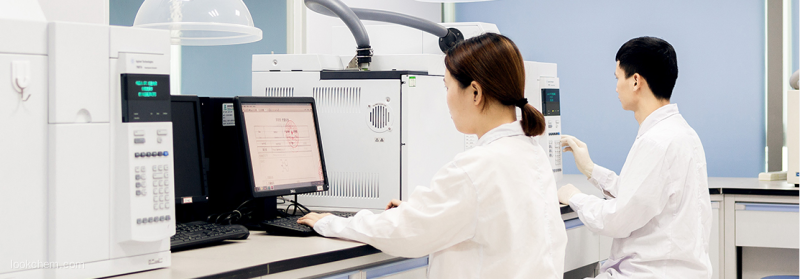
Our Factories warehouse

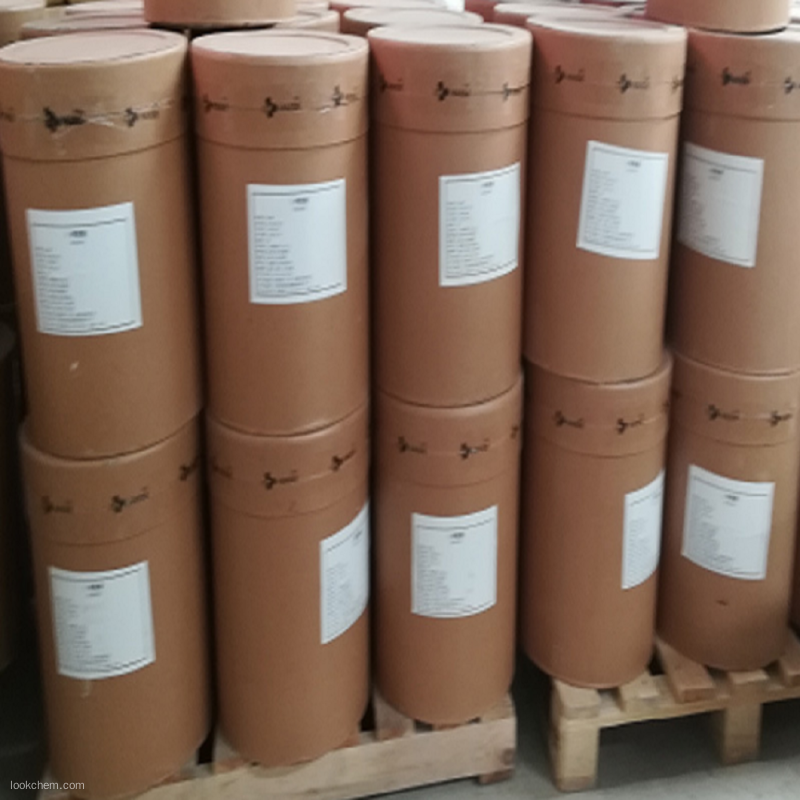


 Premiumsupplier
Premiumsupplier 



